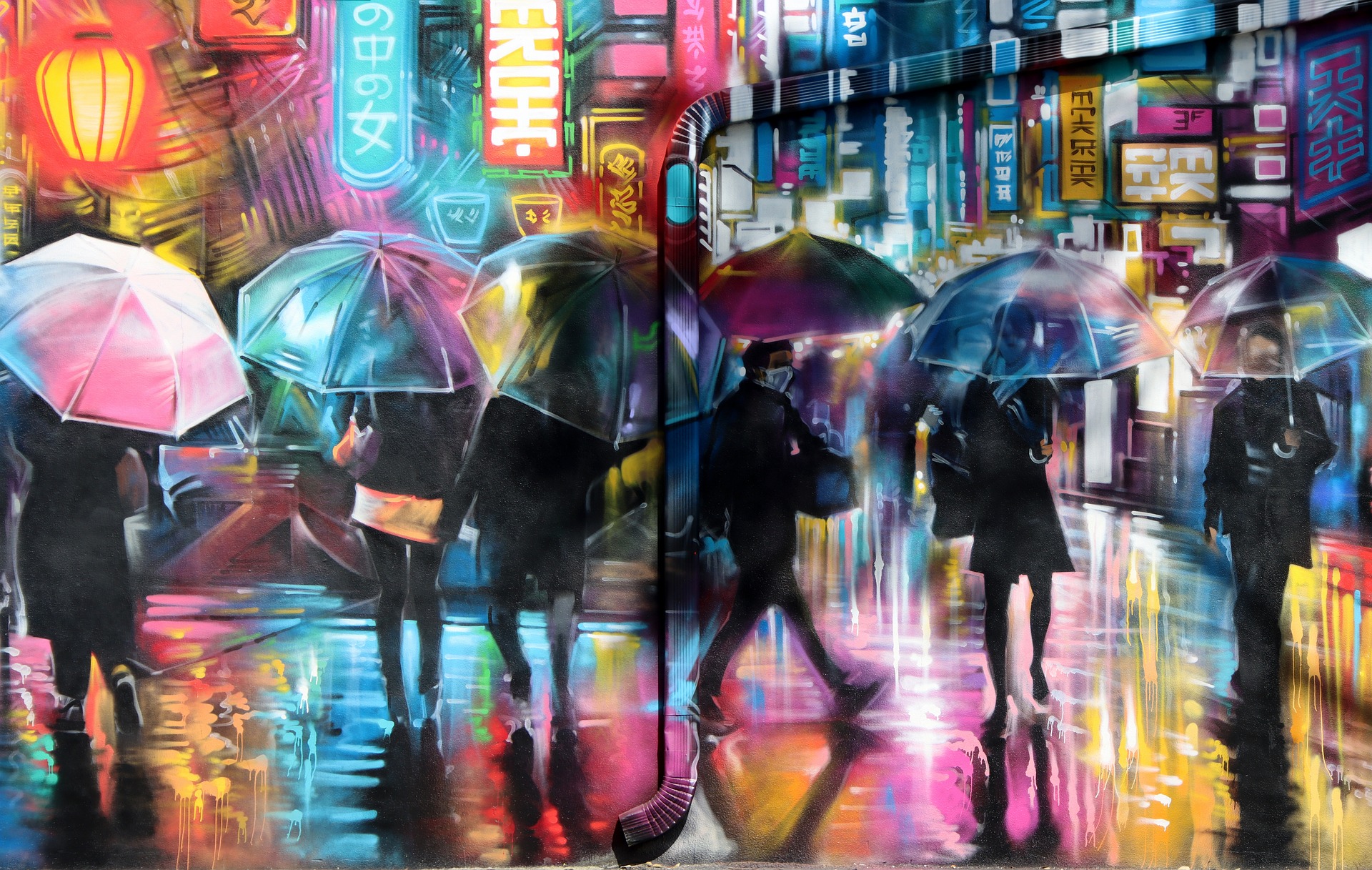Subtle Impact of Abstract Expressionism in Contemporary Film
Dive into the uncharted waters of the influence of Abstract Expressionism on today's cinema. This article delves into the historical roots, current developments, and significant impact of this intriguing artistic intersection. Abstract Expressionism, a post-World War II art movement, originated in the 1940s in New York. It was characterized by a gestural and non-objective approach to painting, where artists discarded traditional artistic conventions and instead emphasized the process of creation. Led by artists such as Jackson Pollock and Willem de Kooning, the movement was a dramatic departure from the realism and precision of earlier art styles.

Abstract Expressionism and Film: The Connection
Contemporary cinema has seen an increasing influence of Abstract Expressionism, particularly in the realms of cinematography and visual storytelling. The movement’s emphasis on emotional intensity and self-expression resonates with filmmakers seeking to push the boundaries of traditional narrative structures. Films like Darren Aronofsky’s ‘Mother!’ and Gaspar Noé’s ‘Enter the Void’ echo the movement’s chaotic aesthetics and emotional intensity.
Current Developments and Influences
In recent years, the influence of Abstract Expressionism in film has become more pronounced. Filmmakers are using abstract imagery, unconventional narrative structures, and visceral soundtracks to evoke emotional responses, mirroring the movement’s focus on conveying raw emotion through art. Cinematography has especially embraced this trend, with visually striking films like ‘Annihilation’ and ‘The Revenant’ showcasing an abstract aesthetic.
Impact and Significance of Abstract Expressionism in Film
The impact of Abstract Expressionism on contemporary cinema is subtle yet profound. It has opened up new possibilities for visual storytelling, allowing filmmakers to create atmospheric, emotionally charged movies that challenge traditional narrative norms. This trend has also influenced film criticism, with critics increasingly focusing on visual aesthetics and emotional resonance when assessing a film’s merit.
Reception and Future Trends
The reception of this trend has been mixed. Some viewers appreciate the innovative, emotionally intense films resulting from the influence of Abstract Expressionism, while others find them confusing or inaccessible. Nevertheless, the trend shows no signs of waning, pointing towards a future where the lines between fine art and film become increasingly blurred.
In conclusion, the influence of Abstract Expressionism on contemporary cinema is a fascinating, underexplored topic. It offers a fresh perspective on film analysis, highlighting the ways in which fine art movements can shape and influence the world of cinema. As the trend continues to evolve, it will be interesting to see how filmmakers further incorporate this artistic style into their work.




